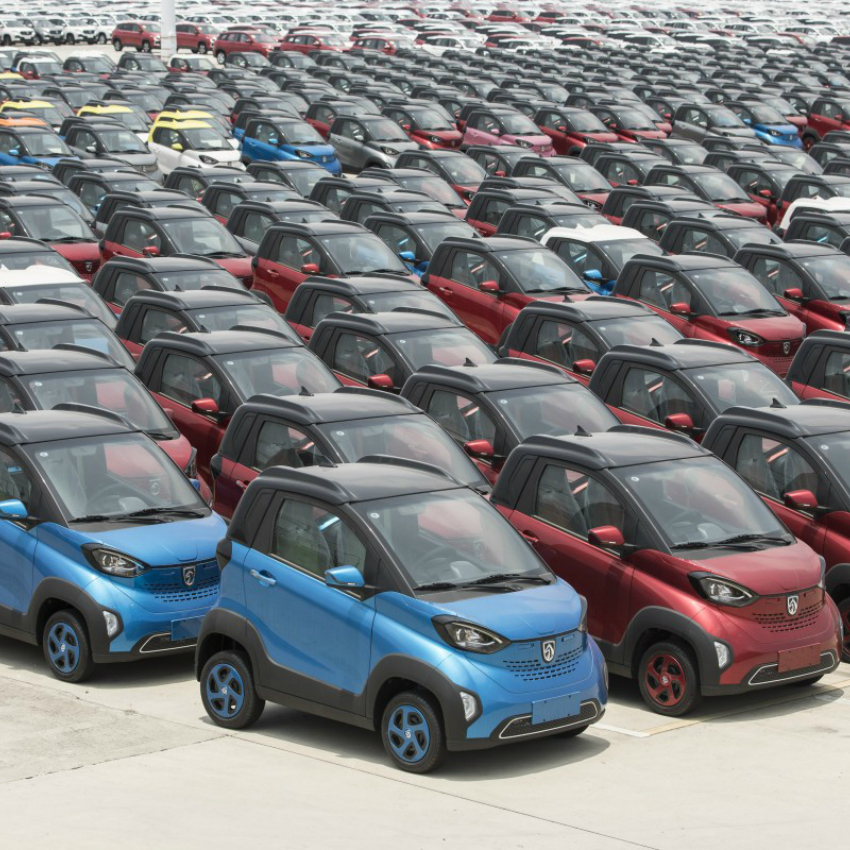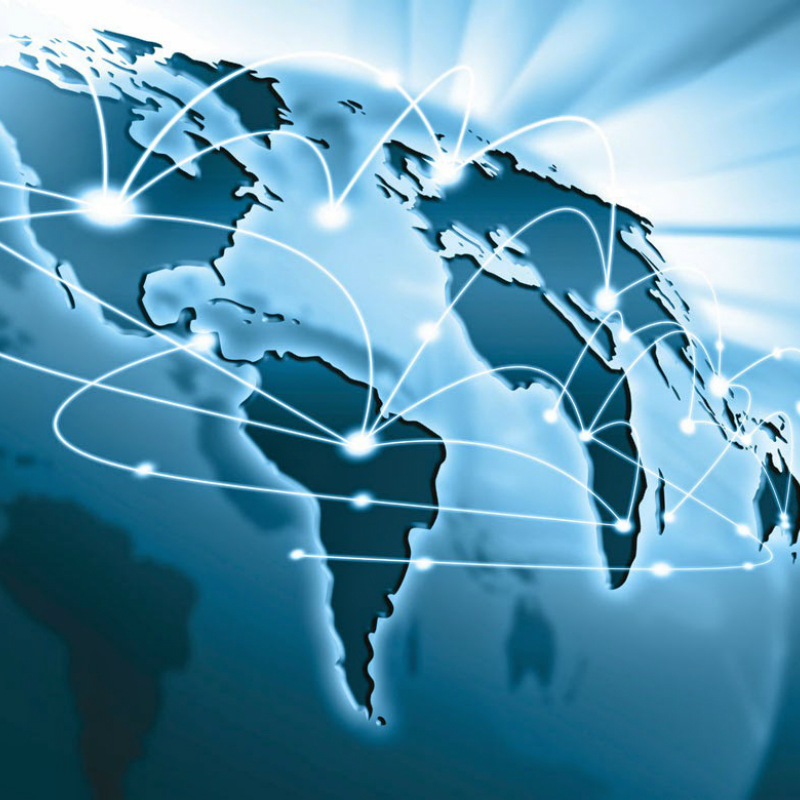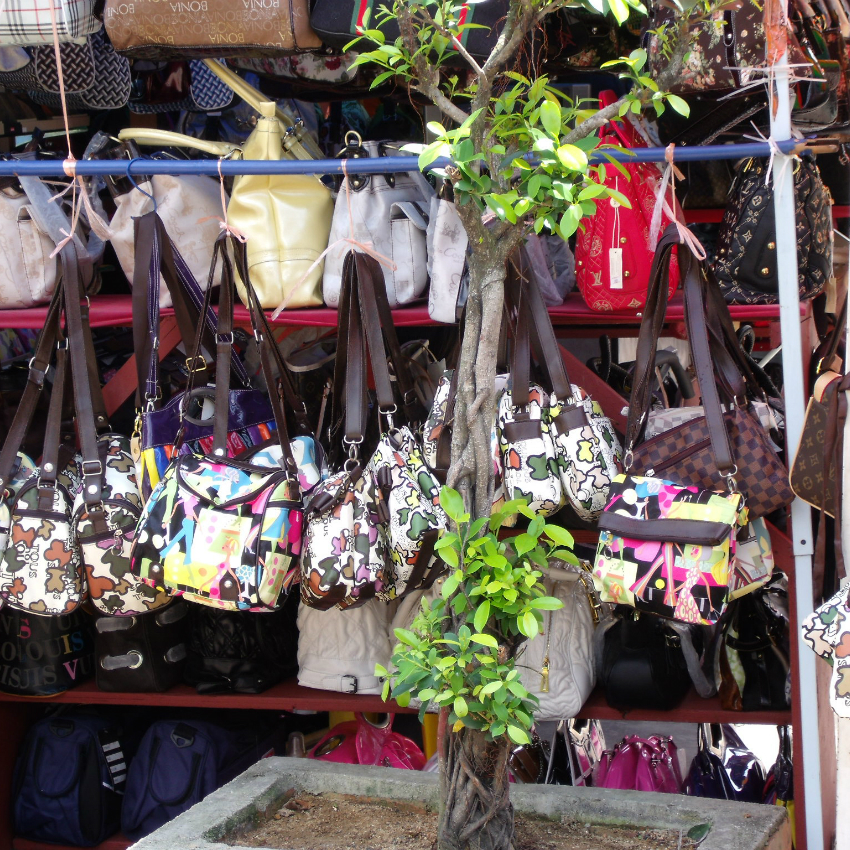With growing concern for the environment, electric vehicles have taken up a strong position in the automotive market. Electric vehicles offer consumers little maintenance, a quiet and fast ride, and most importantly, no toxic fumes. China has become the quickest to adopt the new technology; over 70 percent of consumers reported that they would consider an electric vehicle for their next purchase.
globalEDGE Blog Archive February 2020
Publish Date:
Early into the new year, waves of protests have emerged in Canada. Indigenous activists have begun to organize demonstrations to object the construction of a 670-kilometer pipeline (the Coastal GasLink pipeline) that passes through indigenous lands. One native group that opposes the project is known as the Wet'suwet'en, located out of British Columbia. The Wet'suwet'en did propose alternate routes to Coastal Gaslink, but the routes were rejected in favor of a path that was more technically viable and minimized environmental impact. Coastal Gaslink claims to have consulted with Aboriginal groups in the process of planning the route.
Publish Date:
In today's digitized world, everything is shifting to incorporate technology, especially the retail industry. Customer preferences are changing, and companies have to quickly adjust their strategies and style in order to stay competitive. For example, online retail has been in the spotlight for the last decade. It is convenient for both the customer and the retailer; however, how does it affect the manufacturer's and retailer's supply chains?
Publish Date:
In the United States, approximately 257.3 million people own and use a cell phone. Zoom out to the world as a whole and that number increases to 4.57 billion people. In both cases, the statistics are only expected to show increases as global income rises, interconnectedness becomes normalized across land and sea, and technology continues to advance at a rapid clip. Recently, the cell phone market in the U.S. made news when T-Mobile’s merger with Sprint was approved by a federal judge on February 11th, uniting the third and fourth largest players in the U.S. industry, respectively.
Publish Date:
Over the past several months, relations between the U.S. and China have continuously been unpredictable. With recent developments, it appears that the relationship may continue to worsen. On February 13, the U.S. government charged Huawei Technologies and two of its subsidiaries with federal racketeering and conspiracy to steal trade secrets from American companies. With Huawei technologies being one of China’s top tech companies, this may lead to future global issues.
Publish Date:
In the past few years, omnichannel shopping has become the new normal. Omnichannel retail puts the customer in the center of focus, rather than the product. Distinctions between channels disappear, and the boundaries between different sales and marketing channels become a unified whole. A single view of the customer and their needs emerges.
Publish Date:
In recent years, the fashion industry has faced significant changes in the designing, manufacturing, and selling of apparel. The transition is from a more traditional “seasonal” fashion cycle to the “fast fashion” method of producing clothing items. Fast fashion offers consumers clothing at a quicker pace and fast fashion companies such as Sweden-based H&M and Spain-based Zara are organized differently than higher-end fashion brands that have been operating on the seasonal fashion cycle for years.
Publish Date:
If you haven’t paid any attention to growing internet trends recently, you may be unfamiliar with the social media platform, TikTok. TikTok is a popular destination for short-form video creation through lip-syncing, dancing, and memes. Similar to the now-extinct Vine, TikTok features the same looping video function however adds a new layer of customization through the form of effects, filters, and sound overlays. Many of the application’s 800 million active users are teenagers, with the younger demographic being largely represented among TikTok’s top content creators.
Publish Date:
Tomorrow is one of the biggest consumer holidays after Christmas: Valentine’s Day. It is celebrated in eight countries: the United States, Canada, Mexico, the United Kingdom, France, Australia, Denmark, and Italy. And it’s not just for those in relationships anymore; many people are purchasing gifts for their friends, family, and pets. So, with all these purchases, the economy goes into a small boom.
Publish Date:
There has finally been a development in one of the largest international stories of the last decade. Ever since the vote to leave the European Union in the 2016 referendum, the United Kingdom has been in the process of planning its departure. After numerous delays, the early general election was held in December of 2019. The Conservative Party, which ran on the promise of delivering Brexit, dominated the election, gaining the majority of Parliament. With this newfound Conservative majority, the United Kingdom officially left the European Union on January 31st. This made them the first country to leave the European Union, after having been a member for 47 years.
Publish Date:
China currently has a Coface rating of B for Country Risk and B for Business Climate. With high levels of foreign exchange reserves, there is a very low level of the overall risk of over-indebtedness, and the structure of a highly competent service industry with reliable infrastructure makes the market potential, comprised of several key factors, in China even stronger. However, it cannot be denied that investing in China as a manufacturing firm is beneficial but leaves the risk of counterfeiting and intellectual property violations on account of a collectivistic culture.
Publish Date:
Ships, trains, houses, manufacturing and power plants—each have used, or currently uses, coal as its main fuel source. Coal has long been one of the world’s top energy sources, acting as the base of nearly 30 percent of the energy created across the globe and almost 40 percent of global electricity production. However, after Murray Energy Corporation became the eighth coal company on October 29th, 2019 to declare bankruptcy in the past 14 months, there appears to be a significant downturn occurring within the industry. Murray Energy is the largest privately held coal company in the United States and joined seven other companies within the industry, including Cloud Peak Energy and Westmoreland Mining, in filing for bankruptcy.
Publish Date:
For the past 7 quarters, the global manufacturing industry’s main concern has been labor shortages. These shortages are due in large part to a lack of workers with technical skills. Other factors include increasing retirement rates, growing complexity in the global supply chain, and academia. The global manufacturing labor shortage could exceed 8 million people by 2030, resulting in a possible revenue loss of $607 billion. Countries that already struggle with shortages are expected to get worse. Over the next 20 years, Hong Kong’s shortage of manufacturing workers will equate to nearly 80% of its industry workforce.
Publish Date:
The biggest international storyline of 2020 thus far has been the mysterious coronavirus. The illness that is believed to have started in Wuhan, China has led to over 6,000 reported cases—and 360 deaths—in China. Individuals have also been reported to have contracted the illness in 13 other countries, including the U.S., Australia, and Germany. This past Thursday, the World Health Organization (WHO) declared the coronavirus outbreak as a global public health emergency. With fears intensifying by the day, China and the WHO are working on solutions to protect both foreigners and Chinese people from the illness. Many of the efforts have been centered around tightening travel security to and from China, halting business operations in China, and quarantining any potentially infected patients.
Publish Date:
The Wall Street Journal recently released an article stating the number of women in the United States workforce has surpassed the number of men as of December 2019, making women the majority of the workforce. The article credited much of this shift to the growth of service industries such as healthcare, where females are employed in higher numbers.
Publish Date:
2019 was a turbulent filled year for many airlines, while others seemed to have smooth flying all year. Two of the main contributors to the success of airlines this year were the companies’ ability to schedule flights around bad weather and compliance between employees and a company’s management.


















